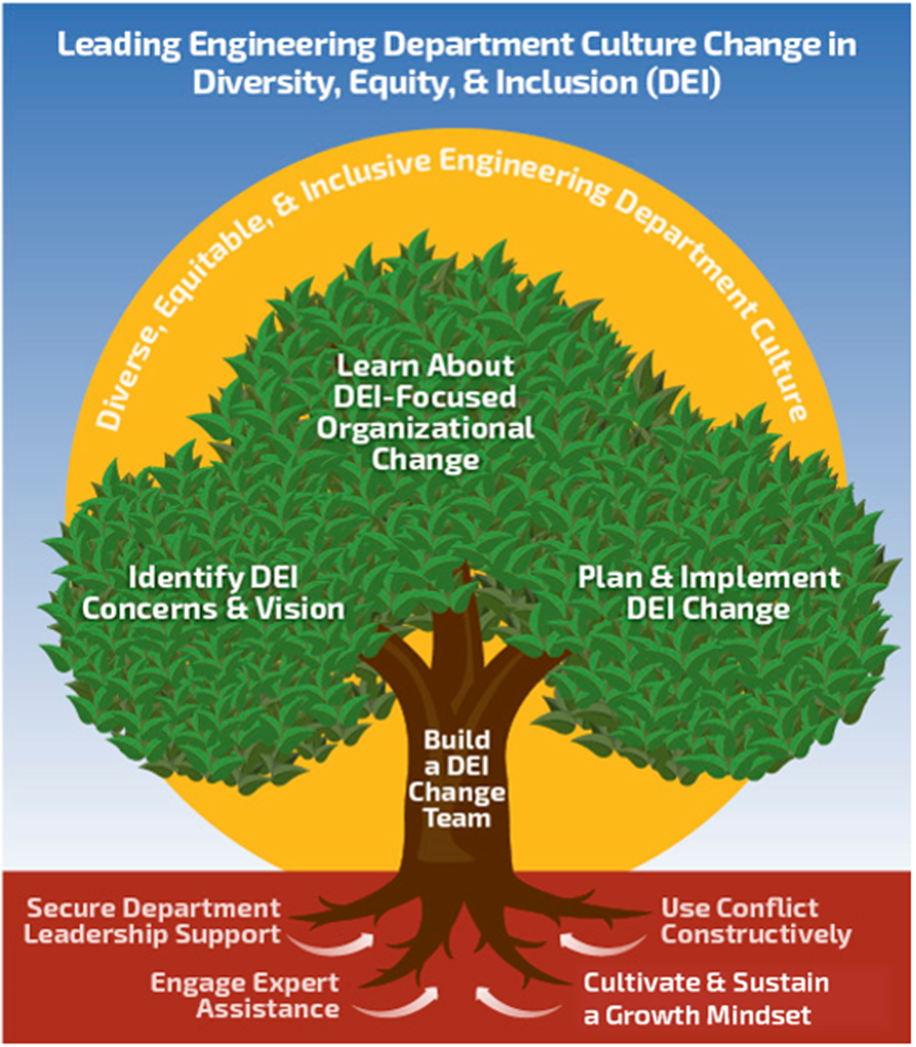I confess: the title of this blog is playing by the rules of popular media, not academia. It’s meant to stir the pot and attract attention by invoking a whole host of reactionary questions…
- Should faculty do anything for diversity?
- If so, why? And what does “for diversity” mean, anyway?
- What kind of doing are we talking about?
- And is that before or after the endless barrage of scholarship, teaching, and service?
- Btw, what is enough? And who is to say?
Furthermore, I’m borrowing on a public suspicion of faculty careers, echoing the accusation – born of equal parts ignorance, resentment, and economic frustration – that whatever faculty do, it’s probably not enough.
That’s not my usual style.
But no matter how I massaged it, the academic lead in failed to satisfy. “The complexities of assessing diversity efforts in promotion, tenure, and other faculty review processes.” “Articulating and promoting faculty efforts to advance diversity, equity, and inclusion through research, teaching, and service.” “The policies, processes, and practices that support and advance the central role of faculty in actualizing campus diversity, equity, and inclusion.”
Asking Real Questions
 When I’m coaching, one of the simplest course corrections I can offer is to protect the power of the question mark. There’s a certain tone of voice that hijacks that squiggly punctuation, implying a linearity where none should be. “Who does she think she is?” “He’s going to do that?” “Why would anyone act that way??” Question mark as conveyor of emphatic exclamation – it’s a dead giveaway that a powerful line of inquiry has hit a wall.
When I’m coaching, one of the simplest course corrections I can offer is to protect the power of the question mark. There’s a certain tone of voice that hijacks that squiggly punctuation, implying a linearity where none should be. “Who does she think she is?” “He’s going to do that?” “Why would anyone act that way??” Question mark as conveyor of emphatic exclamation – it’s a dead giveaway that a powerful line of inquiry has hit a wall.
In coaching, it’s easy. “That’s actually a really good question,” I often say. “Let’s look at why someone might act that way.” Sometimes the act of imagining is enough to dissolve the wall; sometimes a conversation is needed. “Have you ever asked him why he acts that way? Can you think of a way to have that conversation?”
The key is to listen for the clue of the corrupted question and use that to find the way to the real one. Our reactivity is often just our immaturity in the face of a complex and important unknown. By reconnecting to the act of inquiry and learning, we regain access to that unknown and bring our best tools to navigating it.
Do faculty do enough for diversity?
That’s actually a really good question. Faculty are the central mover of colleges and universities, so they must play some kind of role given the importance of diversity, equity, and inclusion within academia. More importantly, diversity is important to academia. Our capacity to interact across differences increases cognitive complexity, problem solving, and intellectual resiliency – exactly what we want in a college education. It may be that failing to harness the power of diversity is equivalent to rejecting the power of technology to advance knowledge and learning.
Given that, faculty should get credit for their diversity-related efforts in the formal review systems of a faculty career. It’s even reasonable that these systems might prompt faculty toward efforts that advance diversity, equity, and inclusion. It’s reasonable. But not easy.
Promotion and tenure reviews are already among the most complex, convoluted, and idiosyncratic evaluation processes that we know. Any adaptation must be imbued with a whole host of institutional, departmental, and disciplinary nuances enacted through a time release mechanism that stretches across years.
If we’re going to ask this question – and in so many ways, we must – we need to make it a real question. We need our best thinking and experience, and the kind of dialogue that neutralizes the false stops and distracting polarities. Done well, the question of whether faculty do enough for diversity will teach us more about diversity, more about faculty, and more about the policies, practices, and processes that evoke the best out of higher ed. Let’s do that.
Over the years, we’ve had the opportunity to discuss these issues with many faculty and higher ed administrators. This 5-page white paper, DEI criteria in P&T and other evaluation processes, maps many of the underlying questions related to evaluating promotion and tenure with diversity efforts in mind.



